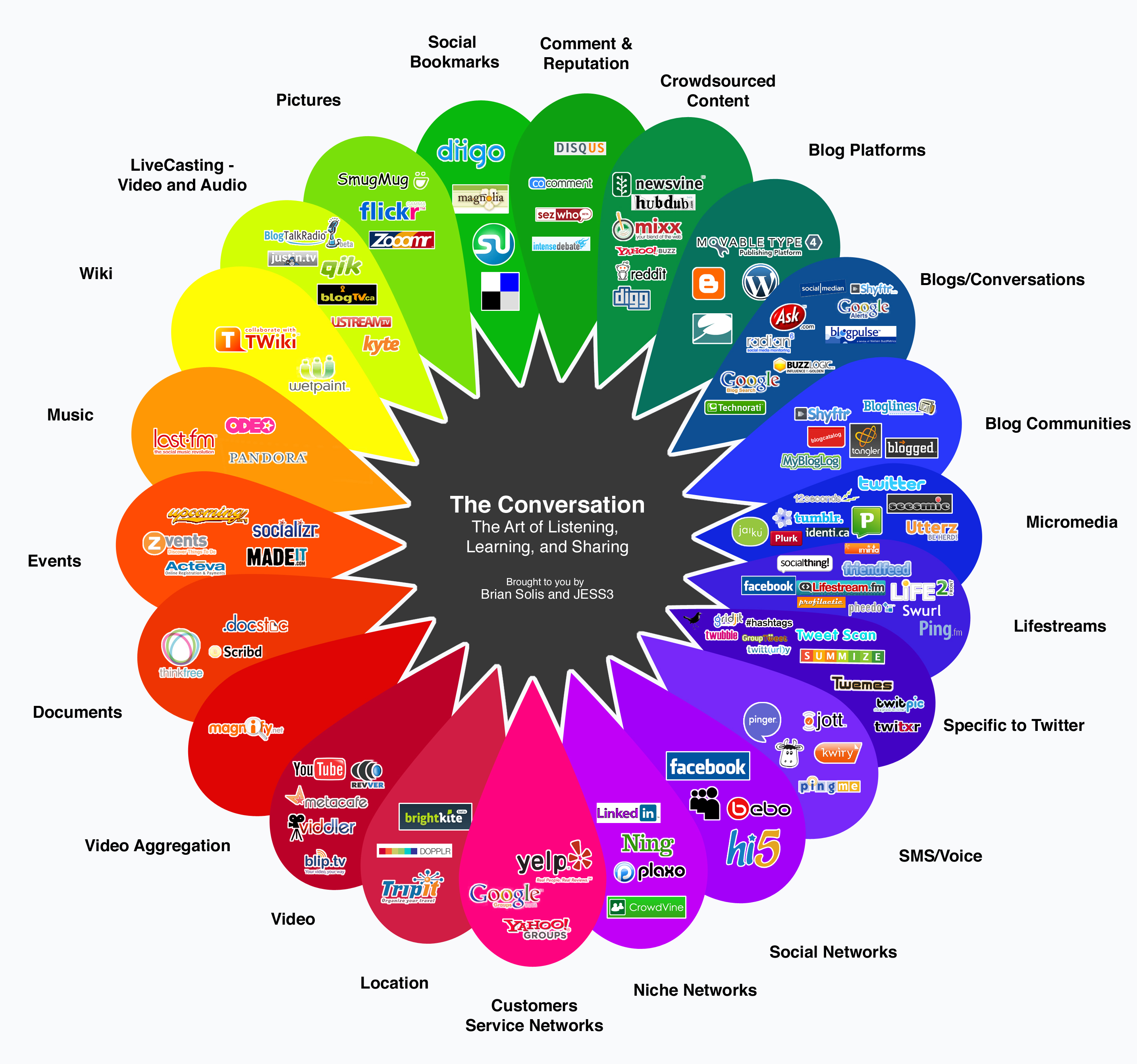 According to the web page http://www.avealmec.org.ve/, social networking is a powerful educational resource for language teachers and students; not only because it encourages the development of social and communication skills, but also because it responds to a different way of processing the exponentially growing information on the net.
According to the web page http://www.avealmec.org.ve/, social networking is a powerful educational resource for language teachers and students; not only because it encourages the development of social and communication skills, but also because it responds to a different way of processing the exponentially growing information on the net.AVEALMEC (Asociación Venezolana para la Enseñanza y Aprendizaje de Lenguas Mediadas por el Computador) and ARCALL (Argentine Association of Computer Assisted Language Learning) are two associations interested in promoting the use of Information and Communication Technology (ICT) in the language classroom. They have organized the first regional event, called “Social Networking 2009”, to help spread the word on the role of ICT in language classes, where they offered 12 video-conferences.
Here you can read the summaries of three of the conferences.
Before and after Twitter: personal learning environment
By Graham Stanley (UK – Spain)
Professor Stanley affirms that a Personal Learning Environment is a system that helps people take control of and manage their own learning. The rise of Twitter and other Web 2.0 tools have made easier the management of learning and professional development of teachers, and communicate with their colleagues.
He states that in 2009 Twitter was the first more used social network and that it has a very important place in the landscape of Web 2.0 tools. As you can see in the following picture it is in between blog communities and micromedia, but also in lifestreams. Professor Stanley affirms that after twitter people is blogging less, in fact, he is blogging less.

Twitter is for staying in touch and keeping up with friends no matter where you are or what you are doing. At the beginning the idea of Twitter was for mobiles, SMS text messages; but now Twitter has become a very important and useful tool, specially for teachers, due to the wide range of activities and applications it offers. It has become a very valuable tool for English teachers, a place where they can go for help and support from their colleagues. It is very useful skill for learners too, because it leads to language in use, language practice and students autonomy. There are many activities that may be used by teachers in order to help students in their learning process, always taking into account the development of students’ autonomy.
Flickr: design that connects
By Carla Arena

She explains that Flickr has gone beyond the power of images by enabling the creation of networks and the connection of like-minded educator, schools and students through the various tools it offers, such as a photo sharing space, creation of galleries and slideshows and mail.
Flickr, according to prof. Arena, is one of the most powerful Web 2.0 tool because it promotes interaction between people around the world and because it allows people telling stories with images.

Regarding the educational uses, Flickr may be used to create flashcards online for classes. It also may help students developing critical thinking through pictures. Flickr may help teachers creating discussions and conversations about any topic using the pictures. Students may also post their pictures and describe them and/or comment on them.
Good work Ayleen!!! I enjoyed your composition on Social Networking, well drafted but simple.
ReplyDeleteAs you know I am still new to many of these ict´s and twitter is one of them (nice tweet cartoon. I liked the way you presented it.
Yor blog is nice and well done, definately one of this class finest and pedagogic.
Thank you Julio for your kind words. Let me know if you need any help. Regards,
ReplyDeleteAyleen